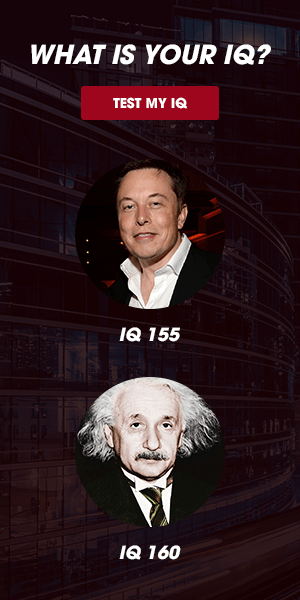What is Classical Conditioning
Classical conditioning (also called Pavlovian conditioning, after Ivan Pavlov, the physiologist who first studied it) is a simple form of learning in which the subject learns that one stimulus predicts that an important event will occur. For example, in Pavlov's initial studies, dogs were trained that the first stimulus, ringing of a bell, predicted that food would arrive. Once the dogs had learned this association between bell and food, Pavlov found that ringing the bell could cause the dogs to salivate in anticipation of the food.
Form of Classical Conditoniing
There are many other forms of classical conditioning, in which various stimuli such as lights, sounds, and smells can be used to predict various salient events such as food rewards, electric shocks, and loud noises.
Classical conditioning has been very broadly studied because the same rules appear to govern learning of these associations in a variety of species including rats, rabbits, sea slugs, birds and humans.
In humans, classical conditioning is often considered to be an example of non-declarative learning or implicit learning -- which can occur without conscious awareness. Human patients with damage to the hippocampus, a brain structure important for new declarative (fact-based) learning are often able to condition as well as healthy people. However, there is recent evidence suggesting that if the contingencies are more complex (e.g., one combination of lights predicts an electric shock but a second combination does not) the hippocampus may indeed be critical for classical conditioning.
by Catherine E. Myers. Copyright © 2006 Memory Loss and the Brain



